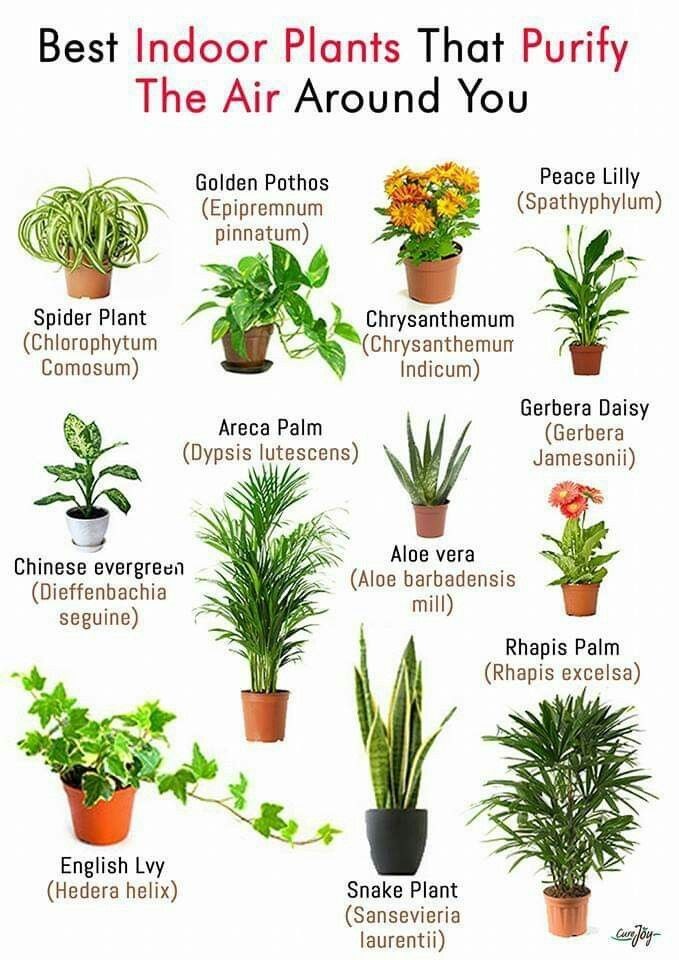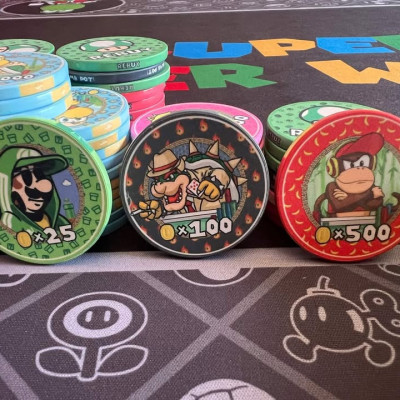Never Kill a Houseplant Again: Master the Art of Watering the 15 Most Popular Plants**
Houseplants can bring vibrant life and a touch of nature into any home, but keeping them healthy often boils down to one crucial factor: watering. Overwatering or underwatering can lead to plant distress and even death. If you’re looking to become a houseplant pro and ensure your leafy friends thrive, here’s a guide to mastering the art of watering for 15 of the most popular houseplants.
### 1. **Snake Plant (Sansevieria)**
**Watering Needs* Allow the soil to dry out between waterings. Water sparingly, typically every 2-6 weeks, depending on light and humidity.
**Tips* Snake plants prefer less frequent watering and are tolerant of neglect. Be cautious of overwatering, which can lead to root rot.
### 2. **Spider Plant (Chlorophytum comosum)**
**Watering Needs* Water when the top inch of soil is dry. Usually every 1-2 weeks.
**Tips* Spider plants enjoy being slightly moist but can handle periods of dryness. Ensure good drainage to prevent root rot.
### 3. **Pothos (Epipremnum aureum)**
**Watering Needs* Water when the top 1-2 inches of soil are dry. Typically every 1-2 weeks.
**Tips* Pothos are forgiving and can tolerate occasional dry spells. Avoid letting the plant sit in waterlogged soil.
### 4. **Peace Lily (Spathiphyllum)**
**Watering Needs* Keep the soil consistently moist but not soggy. Water when the top 1 inch of soil feels dry.
**Tips* Peace lilies wilt when they need water but recover quickly. Ensure good drainage and avoid letting the plant sit in standing water.
### 5. **ZZ Plant (Zamioculcas zamiifolia)**
**Watering Needs* Allow the soil to dry out completely between waterings. Typically every 2-3 weeks.
**Tips* ZZ plants are drought-tolerant. Overwatering can lead to root rot, so err on the side of dryness.
### 6. **Philodendron**
**Watering Needs* Water when the top 1-2 inches of soil are dry. Usually every 1-2 weeks.
**Tips* Philodendrons prefer to dry out between waterings but are forgiving of occasional neglect. Ensure proper drainage.
### 7. **Aloe Vera**
**Watering Needs* Allow the soil to dry out completely between waterings. Water every 3-4 weeks, depending on light and temperature.
**Tips* Aloe vera is drought-tolerant and prefers infrequent watering. Overwatering can cause root rot, so let the soil dry out thoroughly.
### 8. **Boston Fern (Nephrolepis exaltata)**
**Watering Needs* Keep the soil consistently moist. Water when the top 1 inch of soil feels dry.
**Tips* Boston ferns require higher humidity and regular watering. Mist the plant regularly and avoid letting it dry out completely.
### 9. **Cactus**
**Watering Needs* Allow the soil to dry out completely between waterings. Water every 2-4 weeks, depending on the season and light.
**Tips* Cacti are adapted to dry conditions and need minimal water. Overwatering is a common mistake, so ensure soil is dry before watering.
### 10. **Fiddle Leaf Fig (Ficus lyrata)**
**Watering Needs* Water when the top 1-2 inches of soil are dry. Typically every 1-2 weeks.
**Tips* Fiddle Leaf Figs prefer a consistent watering routine. Avoid letting the soil become too dry or too soggy.
### 11. **Begonia**
**Watering Needs* Keep the soil evenly moist but not soggy. Water when the top inch of soil is dry.
**Tips* Begonias thrive with consistent moisture and good drainage. Be careful not to overwater, as this can cause root rot.
### 12. **Dracaena**
**Watering Needs* Water when the top 1-2 inches of soil are dry. Typically every 1-2 weeks.
**Tips* Dracaenas prefer slightly drier conditions. Allow the soil to dry out between waterings to prevent overwatering.
### 13. **Chinese Evergreen (Aglaonema)**
**Watering Needs* Keep the soil consistently moist but not soggy. Water when the top inch of soil is dry.
**Tips* Chinese Evergreens are adaptable but do best with consistent moisture. Ensure good drainage and avoid waterlogged soil.
### 14. **Pilea Peperomioides (Chinese Money Plant)**
**Watering Needs* Water when the top 1-2 inches of soil are dry. Typically every 1-2 weeks.
**Tips* Pileas prefer a dry period between waterings. Be cautious of overwatering, which can lead to root rot.
### 15. **English Ivy (Hedera helix)**
**Watering Needs* Keep the soil evenly moist but not soggy. Water when the top inch of soil is dry.
**Tips* English Ivy prefers consistent moisture and high humidity. Avoid letting the soil dry out completely.
### **General Watering Tips for Houseplants**
1. **Check Soil Moisture* Use your finger or a moisture meter to determine when to water. The top inch of soil should be dry for most houseplants.
2. **Water Thoroughly* Ensure that water reaches the root zone. Water until it drains from the bottom of the pot, but avoid letting plants sit in excess water.
3. **Adjust for Seasons* Plants often need less water in winter due to lower light and cooler temperatures. Adjust your watering schedule accordingly.
4. **Use Proper Pots* Ensure pots have drainage holes to prevent water from accumulating at the bottom. Choose pots with good drainage to help avoid root rot.
5. **Consider Humidity* Some plants, like ferns and begonias, thrive in higher humidity. Consider misting or using a humidity tray if needed.
By understanding the specific watering needs of each plant and following these tips, you can keep your houseplants healthy and thriving. With proper care, you’ll never have to worry about killing your houseplants again!






